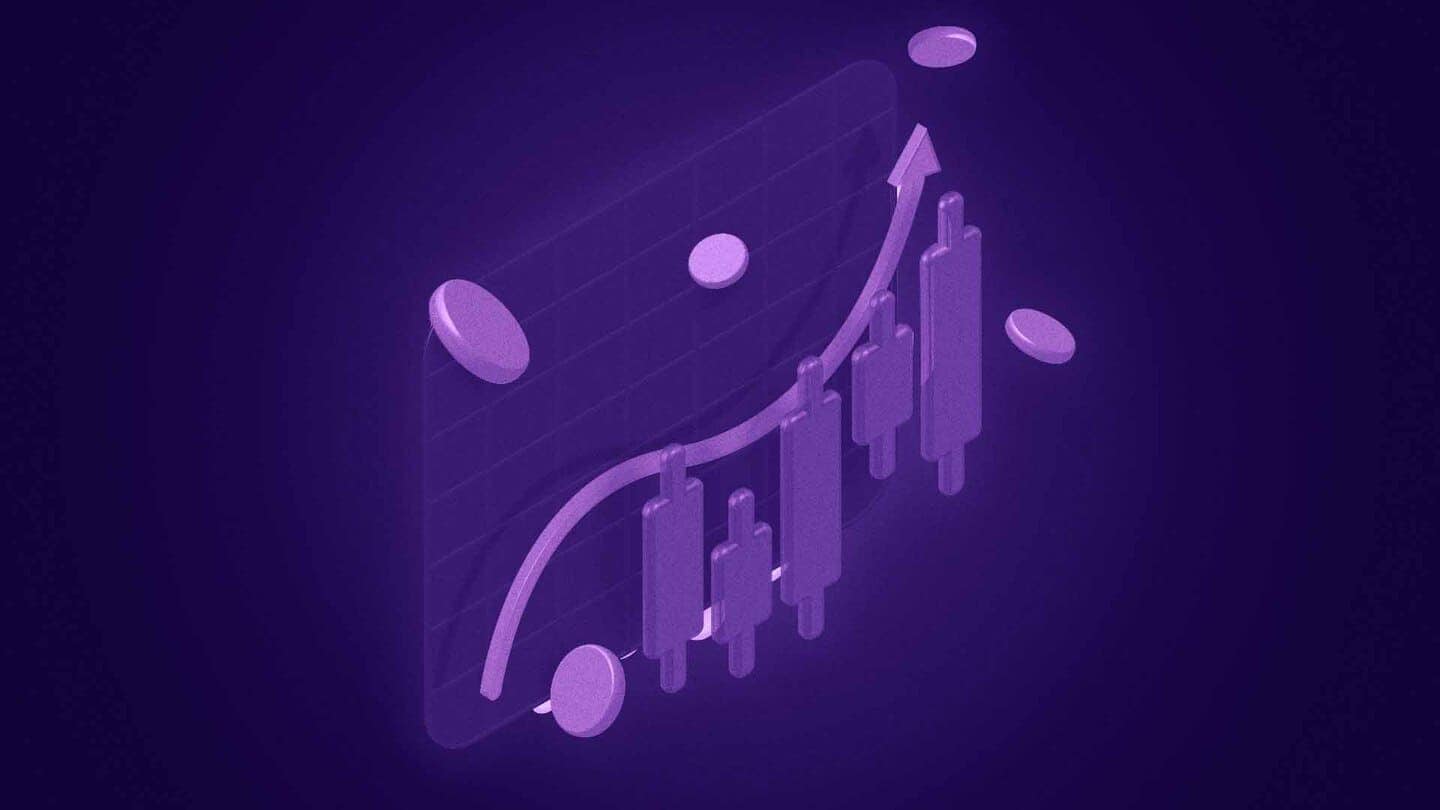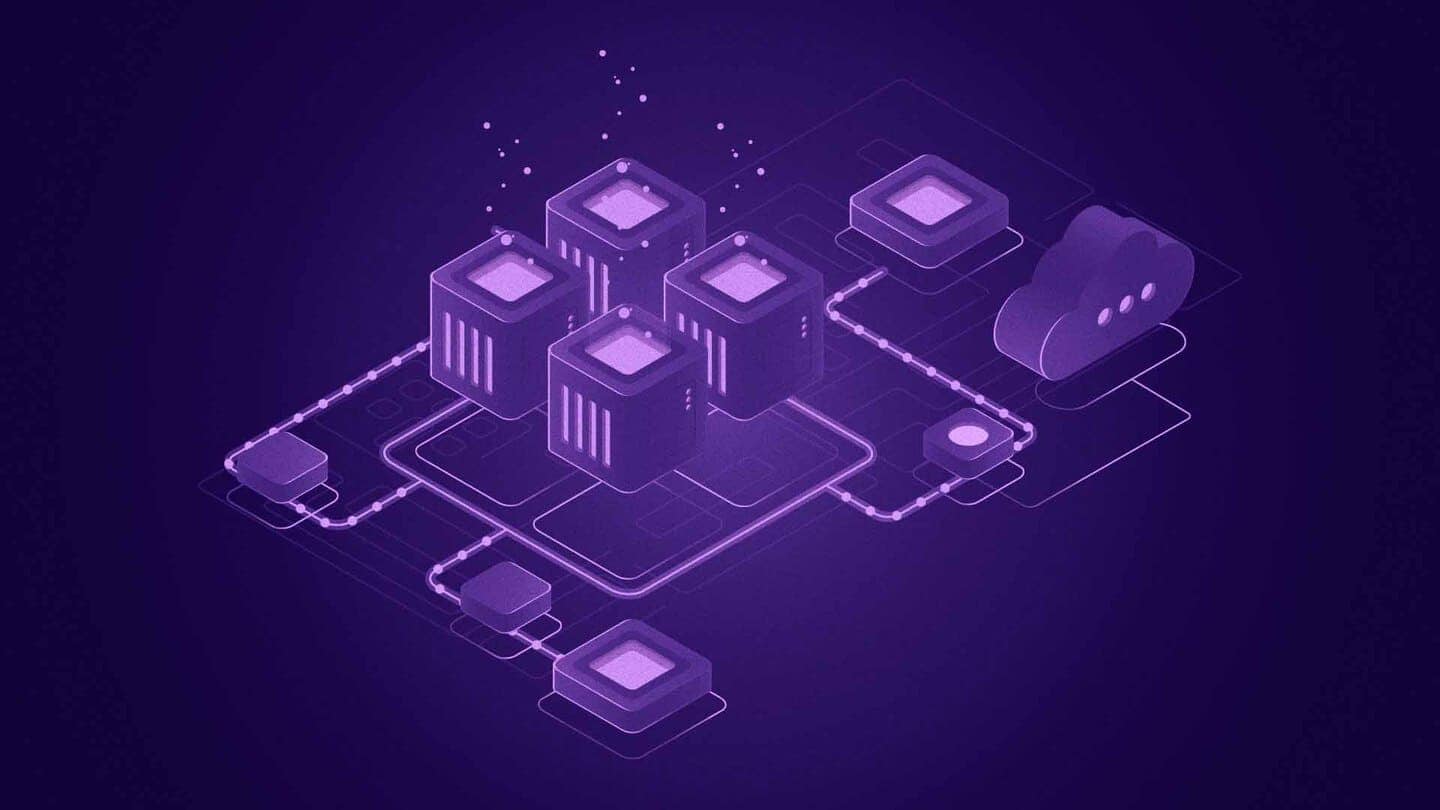Gas fees are a key part of how blockchain networks work. These fees are minimal charges paid by users to transact or invoke smart contracts in the blockchain. Their primary function is to serve as payment for validators or miners who secure the network and ensure its proper functionality. In a similar fashion, gas fees curb network activity to control spam and make certain that only legitimate transactions are executed. In effect, gas fees are important in curbing excesses in blockchain networks while at the same time providing some form of payment to the operators of the system.
Defining Gas Fees
Gas fees are the costs users pay to perform transactions or execute smart contracts on a blockchain. On networks like Ethereum, these fees are measured in units of “gas,” which represent the computational effort required to process an action.
Each operation, such as transferring tokens or interacting with a smart contract, consumes a specific amount of gas. Users pay for this gas in the blockchain’s native currency (e.g., ETH for Ethereum). The total fee is calculated by multiplying the gas used by the “gas price,” which reflects current demand on the network. This system ensures fair compensation for validators or miners who process and secure transactions.
Why Do Gas Fees Exist?
Gas fees are essential for maintaining the functionality and security of blockchain networks. These fees are paid to miners (in Proof of Work systems) or validators (in Proof of Stake systems) who process transactions and ensure the network remains secure and decentralized.
First, gas fees incentivize transaction validation. Miners or validators confirm transactions and add them to the blockchain, and they are rewarded with gas fees for their computational effort. This system ensures that transactions are processed efficiently.
Second, gas fees contribute to network security. Without these fees, miners and validators would lack the motivation to dedicate their resources to maintaining the network. Gas fees ensure they are fairly compensated, encouraging them to uphold the blockchain’s integrity and decentralization.
Finally, gas fees help manage network congestion. When many users try to transact at the same time, fees increase, prioritizing transactions with higher fees. This dynamic pricing prevents the network from becoming overwhelmed and ensures that critical transactions are processed promptly.
In summary, gas fees play a crucial role in rewarding network participants, preventing overload, and keeping blockchain networks secure and reliable.
Factors Affecting Gas Fees
Gas fees on blockchain networks are influenced by several key factors: network congestion, transaction complexity, and prioritization.
- Network Congestion: Gas fees increase when there is high demand for network resources. During periods of heavy activity, such as popular NFT launches or high-volume trading, users compete to have their transactions processed, driving fees higher.
- Transaction Complexity: The amount of computational effort required to process a transaction also affects gas fees. Simple transactions, like sending cryptocurrency, consume less gas compared to more complex actions, such as executing smart contracts or interacting with DeFi protocols.
- Prioritization: Users can influence the speed of their transaction by offering higher gas fees. Validators prioritize transactions with higher fees, which means users willing to pay more can ensure their transactions are processed faster, especially during times of network congestion.
These factors work together to determine gas costs, creating a dynamic system that balances network demand and resource allocation.
How Gas Fees Impact Users
Users tend to be affected greatly by gas fees when interacting with blockchain networks. Users might struggle to make transactions or, in some cases, even get basic transactions done when there are high gas fees. For example, sending a small sum of money or even using cryptocurrency-based DeFi services can be extremely costly and leave users uninterested in using the network altogether.
These costs can be very high indeed and limit the general use of the services offered by blockchains which makes it inconvenient for daily use especially for people with constricted budgets. Such scenarios are likely to create frustration and result in users trying to find other options or completely leaving the network.
In an attempt to improve the experience of users, there are efforts made towards the creation of layer-2 technologies. Reducing gas fees and driver congestion by having off-blockchain transactions is what Layer-2 solutions, like Optimistic Rollups or zk-Rollups, aim to do.
Other methods include batching multiple individual transactions into one or simply using blockchains with lower gas fees. Taking such actions enables blockchain networks to be more user and cost effective.
Gas Fees and Crypto Economics
Gas fees are a vital component of crypto economics, ensuring the sustainability and efficiency of blockchain networks. They serve multiple purposes, including incentivizing network participants, maintaining token value, and supporting long-term network health.
First, gas fees are integral to network incentives. Miners or validators rely on these fees as compensation for their work in processing transactions and securing the network. This creates a system where participants are financially motivated to contribute computational power and uphold network security.
Second, gas fees play a role in token economics by directly influencing the demand for a blockchain’s native token. Since users pay gas fees in the network’s native currency (e.g., ETH for Ethereum), increased activity drives higher demand for the token, potentially boosting its value. This dynamic strengthens the economic ecosystem around the blockchain.
Lastly, gas fees contribute to blockchain sustainability. By adjusting fees based on demand, blockchains can manage network congestion and ensure resource allocation is efficient. Higher fees during peak usage help prioritize critical transactions while preventing overload, making the network more reliable over time.
In essence, gas fees form the backbone of a blockchain’s economic model, aligning incentives, maintaining token value, and ensuring the network’s long-term viability.
How to Calculate Gas Fees
Gas fees on blockchain networks, such as Ethereum, are calculated based on the computational resources required to process a transaction. Since the Ethereum network’s update in August 2021 (EIP-1559), the formula for calculating gas fees is:
Units of Gas Used × (Base Fee + Priority Fee)
- Units of Gas Used: The amount of gas required to complete the transaction.
- Base Fee: A set fee determined by the network, which adjusts automatically based on network demand.
- Priority Fee: An optional tip to validators to prioritize your transaction.
For example, let’s say you want to transfer 2 ETH to a friend, and the transaction requires 2 units of gas. The current base fee is 11 gwei, and you choose to add a 3 gwei tip as the priority fee.
Using the formula:
2 × (13 gwei + 2 gwei) = 30 gwei
This equals 0.000000030 ETH. Your total payment would then be the sum of the 2 ETH transfer and the gas fee, making it 2.000000030 ETH.
By understanding this formula, users can better estimate transaction costs and decide how much priority they want to give to their transactions.
Chiliz Chain has the largest mainstream sports partner network in blockchain, and a massive potential mainstream audience. We see it as our responsibility to provide educational materials that relate to the entire sector, increasing security, understanding and adoption of this incredible technology.











